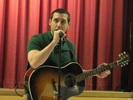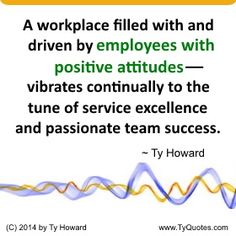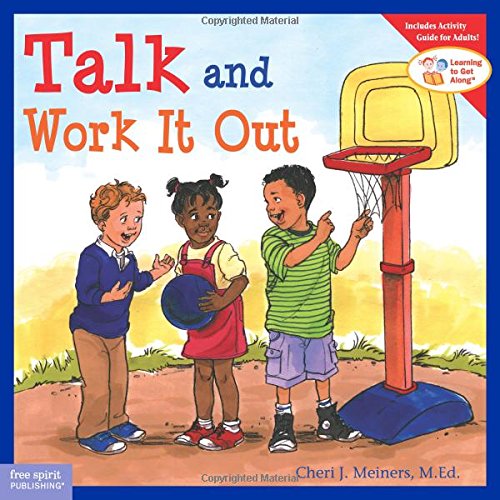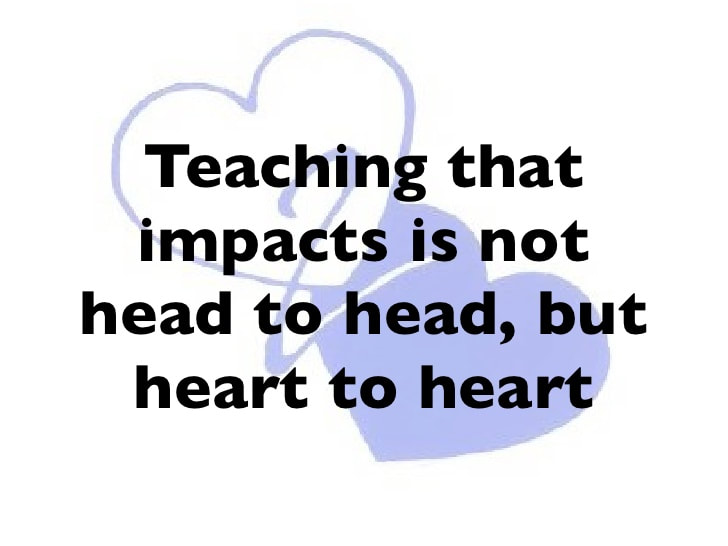We are also, during times of relative peace and predictability, able to pinpoint the families that are in the greatest need. On any given, normal school day, we are having meetings, developing interventions and creating plans to identify and respond to these social and emotional needs in our community.
Peace, predictability, normal; those are all out the window. What was typically hard work, is now nearly impossible.
The daily lives of all families right now consist of an ever present external threat. There is no foreseeable end to that threat. The structure and routines we are used to and take comfort in are gone. This is anxiety producing for those us with the best mental health and social emotional stability.
Now let's consider the families that have lost jobs and income, suffer from food security issues, have specialized learning requirement or a disability, drug addition, violence in the home, mental health needs, and experiences in trauma. What is the impact that is being fostered and inflicted on our community as a whole? What percentage of families in our community are struggling daily to make sense of this all and keep it together? I don't have data, but my gut is; there are many just getting by day to day. More so than usual.
Many great things are happening in our community. I personally feel positive and supported by the measures our governor, mayor and school district have taken to lessen the blow of this pandemic and keep us safe. Also, as an educator and a human, I think we could do more, by doing less. If I ran the world, the school year would have ended. I believe it still should.
We keep using the word unprecedented. Well, unprecedented times calls for unprecedented measures. We also talk about maintenance of learning transitioning to continuity of learning. What this means; is in unprecedented, unprepared and unstable times, we expect student learning to continue as if they were in the classroom. That's ridiculous. The remote distance learning system we are setting up, is going to widen the opportunity and achievement gaps, increase anxiety and deepen helplessness and a sense of failure for many students and families.
Please advocate for families that need support and let your schools and teachers know what a reasonable amount of work would be. Less is more. Let's not overwhelm, but engage and create remote systems of care that allow us to check in and monitor how families are doing with wellbeing before academics. Let's start now to plan for the resources and interventions that are going to be required to accommodate and recover from the impact of this trauma, at the local, state and federal level. Because we know, that when a school year ends under the best of circumstances, our most marginalized and needy community members suffer summer learning loss. The nature of this closure will exacerbate that learning loss and increase social emotional needs. We need to plan now in terms of how we combat that. The Fall of 2020, should look very different than previous starts to the school year.
Right now, teachers and school staff should be working with families to ensure emotional stability. Making weekly calls or checkins, to simply help them navigate their processing and experiences associated with this event. We should almost act as social workers. I know we weren't trained for that, but nor were we trained for this event and how to teach in it. Almost without exception, the teachers I have known in my 23 year education career understand care of children, especially in times of crisis. They could offer advice and counsel to a suffering community in a way that would comfort and begin the healing. Being overwhelmed on how to navigate a system of distance learning with modest engagement and lack of clear understanding, is detracting from the social emotional outreach and support that is desperately needed right now.
As a leader I preach it, and what I want to hear from my leaders, is that love and care is our top priority. Our districts, state education agencies and the national Department of Education, should be sending the message loud and clear. That while academics is always a hope and priority, right now social emotional care and support are the top priority. Then, when this is all over, and it will end, we can assess how we did by how well the children and families in our community are doing. Every decision we make moving forward should be through the lens of its equity, fairness, kindness and love to all families. If we can't say the decisions being made are impacting all families in essentially the same way, we should think long and hard about what we might be propagating.
"Only love is big enough to hold all the pain of this world." - Sharon Salzberg
Let's infuse our community with this love, and let it soak up the pain so many of our students and families face during these uncertain and frightening times.
With Peace and Love,
Bobby





 RSS Feed
RSS Feed
